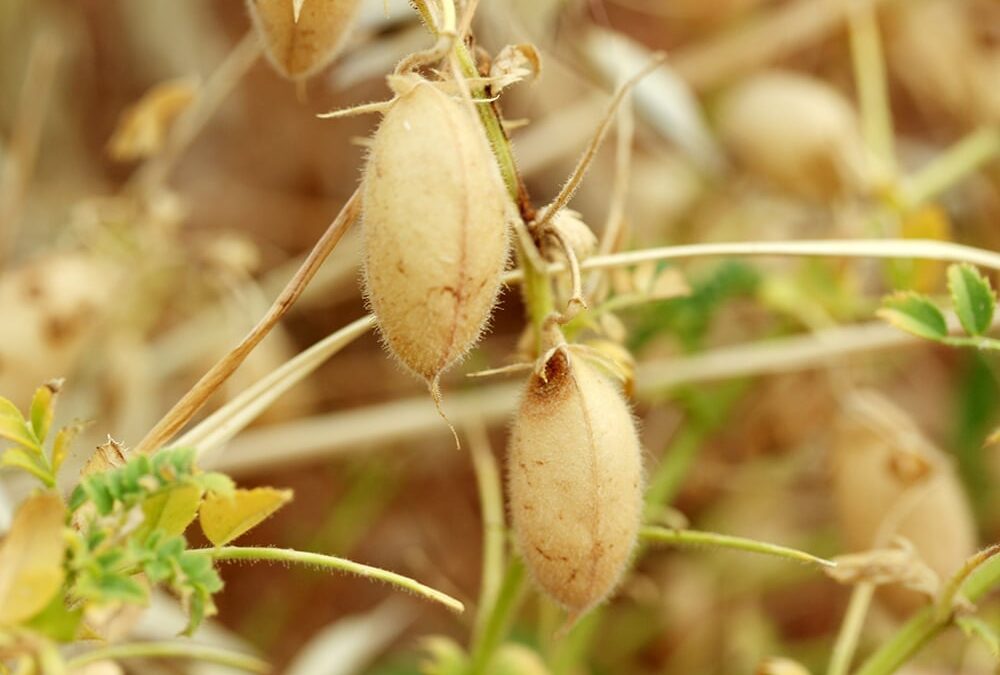By Sean Pratt
The United States is not going to help address what some believe is a looming global kabuli chickpea shortage.
U.S. farmers plan to seed 340,500 acres of the crop, a four percent drop from the previous year, according to the U.S. Department of Agriculture’s March Prospective Plantings report.
A much bigger increase is needed from all exporting nations, according to a Global Pulse Confederation news release.
World supplies are under pressure from poor crops in India and Mexico. That is expected to result in a shortage of the crop over the next six months.
A hot and dry spell in December “wiped out” prospects for a bumper crop in India, because of a 30 percent increase in planted area.
As a result, the global supply chain is short about 100,000 tonnes of product. That is putting upward pressure on world prices, according to the news release.
All eyes are on Russia, Canada, the U.S. and Turkey.
“Even if all these origins increase the planted area by 30 percent, I still foresee a shortage for the next six months, especially of the large caliber sizes,” Navneet Chhabra, director of Global Garbanzo, said in the release.
Jeff Van Pevenage, president of Columbia Grain, agrees with the USDA’s chickpea estimate.
“That’s what we’ve been seeing and hearing,” he said.
“We didn’t think there would be an expansion for sure.”
Van Pevenage believes there will be a shift out of large caliber to small caliber varieties because that is what U.S. humus manufacturers prefer and they are offering good prices.
The USDA is forecasting 519,000 acres of lentils, a 21 percent drop from last year, which is in line with what the market had forecast.
“I’m not really sure why though,” said Van Pevenage.
“Price levels, we think, are still attractive to farmers to grow lentils.”
His gut tells him that the U.S. will gain back a lot of those lost acres as spring seeding progresses.
However, it is still cold and snowy in Montana, which is the main lentil-growing state.
That could cause delayed seeding. If farmers in that state do not get into their fields by mid-May, they will not be planting many lentils.
Stat Publishing believes there will be robust demand for Canadian green lentils in the U.S. market if acres come in at the level the USDA is forecasting.
U.S. farmers are expected to plant one million acres of peas, a 10 percent increase over last year.
“Pea returns, frankly, have been really pretty good for the U.S. grower,” said Van Pevenage.
He agrees with the USDA forecast given that yellow pea prices have been hovering in the US$9 to $10 per bushel range, although there has been little forward contracting of the crop.
Moisture levels are “really good” heading into spring. He believes most of the increase will be in yellow peas.
Stat Publishing said pulse markets were surprised by the USDA’s pea number because expectations are for an overall decline in North American plantings.
Stat is forecasting that 62 percent of the U.S. acreage will be yellow peas, with the remainder being greens.
U.S. dry bean plantings are estimated at 1.272 million acres, a three percent drop.
Van Pevenage said the decline could get worse because there is still plenty of snow in eastern North Dakota and not much thawing weather on the horizon.
A new soybean crush facility in that state could also attract more soybean acres.
Stat Publishing believes U.S. pinto and navy bean production could fall, while black bean production might rise.
Source: The Western Producer

